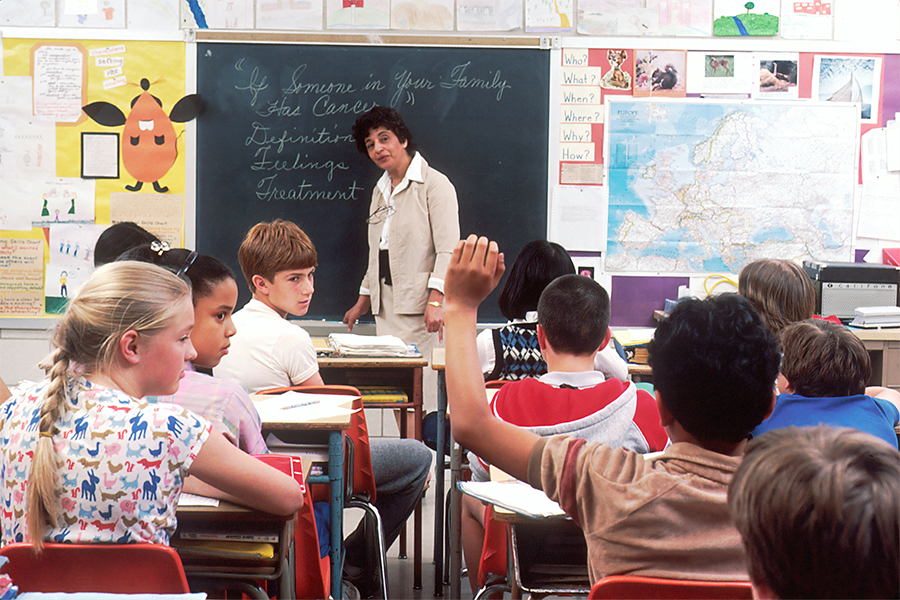
In the wake of the COVID-19 pandemic, the world has witnessed an unprecedented shift in workplace dynamics. A crucial lesson learned is the growing need for empathy in professional environments. As we progress, a pertinent question arises: how can the schools of the future effectively inculcate empathy among future leaders? What are the innovative approaches educational institutions are adopting to teach empathy, addressing both the challenges and benefits of this vital skill?
The pandemic, a global crisis, revealed the integral role empathy plays in fostering cohesive and resilient workforces. Consequently, schools are no longer just centers of academic excellence; they are breeding grounds for developing empathetic leaders. However, teaching empathy is not without its challenges. Unlike traditional subjects, empathy requires experiential learning and cannot be measured through conventional testing methods.
Leading the charge, the Scandinavian education system integrates empathy as a core part of their curriculum. Through collaborative projects and cultural exchange programs, students are encouraged to understand and respect diverse perspectives. For instance, in Finland, ‘Empathy Circles’ are a common practice where students share experiences and learn to listen actively and respond compassionately.
Similarly, in the United States, initiatives like ‘service learning’ have gained traction. Programs like the ‘Roots of Empathy’ in schools across various states demonstrate empathy in action. Here, students interact with a baby and its caregiver, observing emotional cues and nurturing a sense of responsibility towards others. This hands-on approach has shown a remarkable increase in positive social behaviors among students.

The benefits of these empathy-centric educational models are manifold. Empathetic leaders are better equipped to navigate the complexities of today’s diverse and interconnected business world. They foster environments where collaboration and emotional intelligence drive innovation and productivity. Moreover, empathetic workplaces are more adaptable to change, a crucial trait in the post-pandemic era.
However, implementing these models is not without its hurdles. Schools must balance empathy training with academic rigors, and educators require specialized training to guide students effectively. The lack of standardized metrics to measure empathy’s impact remains a challenge.
Integrating the concepts of modeling empathy, teaching active listening, instructing in empathetic communication, and demonstrating how to defer judgment is paramount in shaping empathetic leaders. When educators exemplify empathy, they provide a powerful, living lesson to their students. Active listening in classrooms not only encourages students to express themselves but also teaches them to value the perspectives of others. Empathetic communication as part of the curriculum ensures students learn to express themselves in a way that is considerate of others’ feelings. Lastly, teaching students to defer judgment helps cultivate an environment of understanding and acceptance, critical for nurturing empathetic leaders for tomorrow’s workforce. These strategies combined create a holistic approach to embedding empathy into the fabric of education, preparing students for empathetic leadership in their future workplaces.
The schools of the future have a pivotal role in shaping empathetic leaders. As the demand for emotional intelligence in the workplace surges, these educational initiatives are not just desirable but essential. By overcoming the challenges of teaching empathy, we pave the way for a more compassionate, understanding, and productive society![]()









